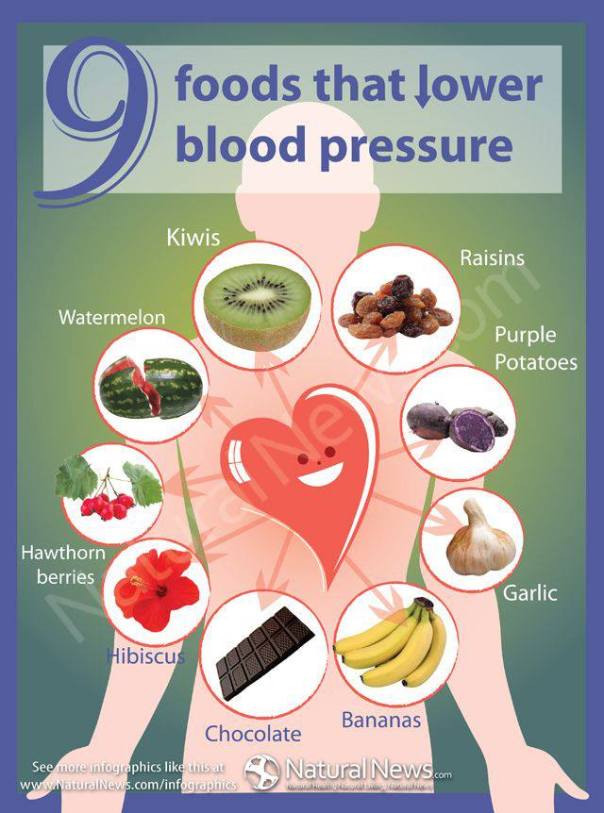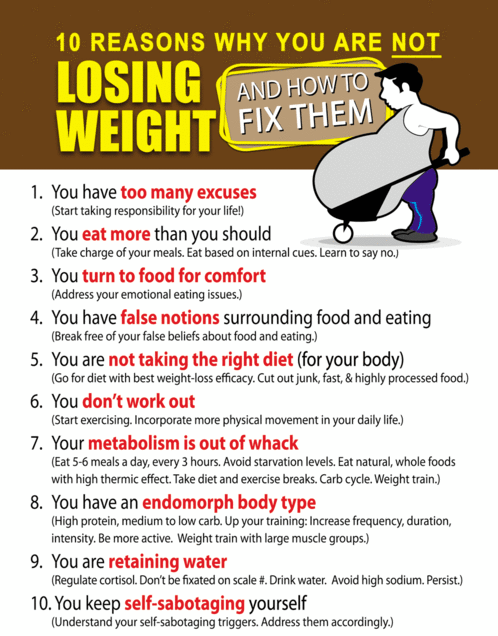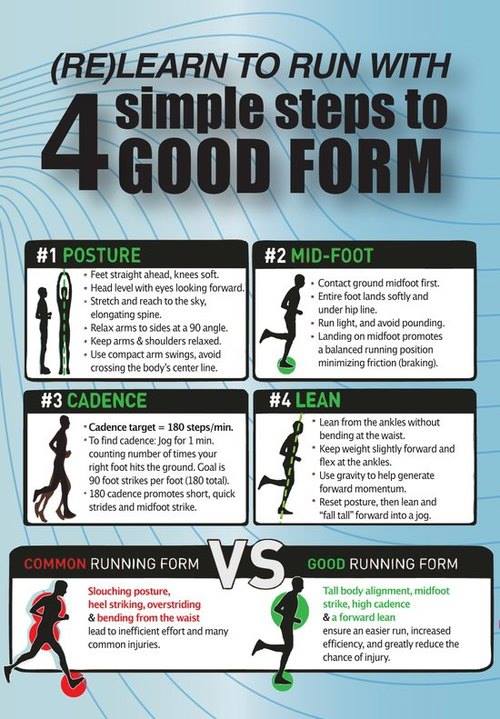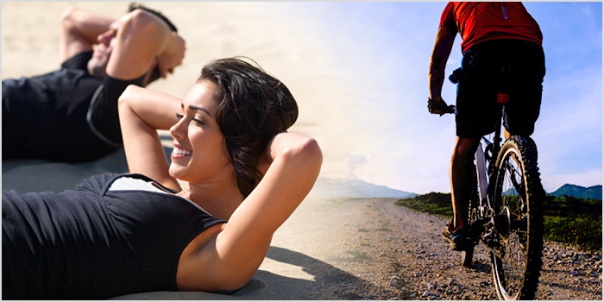
The symptoms of fibromyalgia syndrome can vary according to the weather. A study in 1981 looked at the affect of weather on fibromyalgia syndrome symptoms, and found that around 90% of people with fibromyalgia syndrome said that weather was one of the most important influences on their symptoms. Some people with fibromyalgia syndrome believe that their symptoms are a more accurate predictor of the weather than the weather forecast. The weather effects will not be the same for all people with fibromyalgia syndrome.
Low Pressure and Fibromyalgia Syndrome
Barometric pressure (the pressure of the air) can influence how people with fibromyalgia syndrome feel. Low pressure, leading to cloudy and rainy days, or to stormy weather, can worsen the symptoms of fibromyalgia syndrome, including increases in pain, stiffness and fibro-fog (cognitive and memory problems), as well as extreme tiredness. Some people find that it’s the change in pressure rather than the actual pressure that causes problems.
A 1995 survey of people with rheumatic pain, carried out in the USA, showed a link between changes in barometric pressure and pain, with low pressure and cold wet weather increasing pain, and high pressure with clear, dry conditions reducing pain. Other studies have shown a link between fibromyalgia syndrome and the seasons, with symptoms getting worse in the winter and better in the summer.
High Pressure and Fibromyalgia Syndrome
High pressure associated with clear, dry weather can help with fibromyalgia syndrome, and the increased hours of sunshine may lift people’s mood.
In a 2008 study in Argentina, patients with fibromyalgia, osteoarthritis, or rheumatoid arthritis completed a diary recording pain. These reports were matched with weather conditions such as temperature, barometric pressure, or relative humidity. People in all the groups reported more pain when the weather was cold. The symptoms of people with fibromyalgia syndrome were most affected by high pressure.
Cold Weather and Fibromyalgia Syndrome
The onset of cold weather can make the pain and stiffness in fibromyalgia syndrome worse. Try to avoid getting cold if possible, and dress warmly, including hats, socks and gloves. Keep away from cold drafts, and block up any gaps in windows and doors at home or in the office. Cold drafts tend to make people tense up, especially around the neck and shoulders, stressing already sore muscles.
Warm Weather and Fibromyalgia Syndrome
Warm, sunny weather seems to help fibromyalgia syndrome symptoms, provided that it’s not too humid.
Humid Weather and Fibromyalgia Syndrome
The humidity (amount of water in the air) can have an effect on the symptoms of fibromyalgia syndrome. Some people find that high humidity triggers their symptoms, including headaches, as well as pain and stiffness. For some people, however, extreme dryness can also be a trigger.
What to Do?
In cold weather, it can help to keep warm – wearing plenty of layers of light clothes rather than a few heavy layers can be more comfortable on tender pressure points, and makes it easier to regulate temperature by taking off a few layers. In warm weather, wear light and soft clothes, in natural fabrics were possible, to avoid overheating.
Indoors, making sure that as much daylight as possible can get into the house can help, as can installing full-spectrum daylight bulbs, which give the impression of sunlight even on a grey and chilly day.
Balance Problems and Dizziness
Dizziness, light-headedness and problems with balance are distressing, but can also cause major problems in everyday life, including nausea, problems with co-ordination and walking, and falls that are more frequent. Up to two-thirds of people with fibromyalgia syndrome have problems with dizziness to some degree.
In a study carried out in the USA and published in 2009, which compared people with and without fibromyalgia syndrome, people with fibromyalgia syndrome had worse balance that those without the disorder. They also had worse scores on ‘balance confidence’, and had many more falls – for example a 50-year old with fibromyalgia syndrome had numbers of falls equivalent to a 70- or 80-year old without the disorder.
What Causes Balance Problems and Dizziness in Fibromyalgia Syndrome?
It’s not completely clear what causes balance problems and dizziness in fibromyalgia syndrome. Fibromyalgia syndrome trigger points in the neck or jaw can cause a feeling of dizziness and imbalance. This may be because they affect the nerves that tell the brain where the body is in space, so if these signals do not match with the signals from the eyes, this could cause dizziness and disorientation.
Dizziness and light-headedness could also be caused by neurally-mediated hypotension (also known as the vaso-vagal reflex) – a drop in blood pressure and heart rate. It can also cause sweating, fainting and falls.
Neurally-mediated hypotension is most likely to happen:
after standing for a while
when in a warm place
after exercise
after an emotionally stressful event
after a heavy meal.
There is a physical abnormality in the skull known as the Chiari malformation that puts pressure on a specific area of the brain. This can bring on symptoms of neurally-mediated hypotension, and in a study in the USA, it was seen in 60% of people with fibromyalgia syndrome.
Some medications can cause light-headedness, dizziness and balance problems. People with fibromyalgia syndrome tend to take more medications than the general population, and so it’s worth talking to a doctor or pharmacist to see if this might be the cause.
Coping With Balance Problems and Dizziness in Fibromyalgia Syndrome
Make sure that the house and workplace is free of trip hazards, such as cables, rugs and obstructing pieces of furniture, and watch out for sharp objects and corners that could cause an injury after a fall.
Try not to stand up too quickly after sitting or lying down, or bending over, as this can cause the dizziness or make it worse.
Balance exercises can help with balance problems – try dance, yoga, Tai chi or Pilates, sit on an exercise ball, stand on a wobble cushion, walk a line heel to toe (and then backwards again if you can), or just try standing on one leg. The Alexander technique can also be helpful – it focuses on good posture and helps with balance and co-ordination. Exercise also helps with other symptoms of fibromyalgia syndrome.
People with problems with balance can sometimes find walking awkward, and find that they stumble more easily – try using a pair of walking poles, especially when it’s icy, or on days that dizziness is a particular problem. Stumbling and falls can also destroy confidence – using walking poles, even if not always needed, will give extra confidence, and provides a visual reminder to people that walking may be a bit of a problem.







